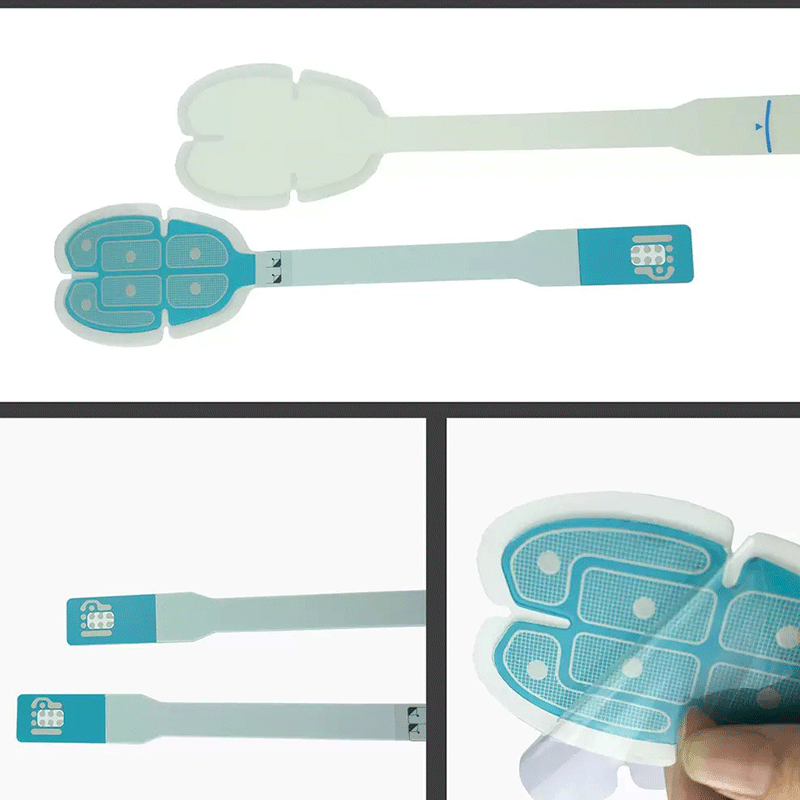
With the continuous development of global rehabilitation medicine and physical therapy, physical therapy methods are becoming increasingly diversified: From traditional electrical stimulation (EMS, TENS) to the recently emerging microcurrent therapy (MCR), interferential electrotherapy (IFC), high-voltage pulsed electrotherapy (HVPC), and combined rehabilitation equipment, physiotherapists and medical institutions are facing increasingly complex decisions when choosing physiotherapy consumables. Especially the therapeutic patch (electrode pad), as a key medium for electrical stimulation conduction and comfort, its performance directly affects the treatment effect and patient experience.
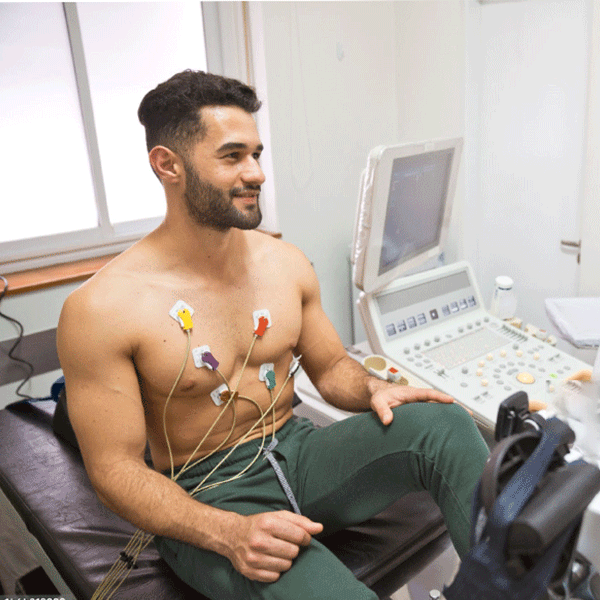
A clear and accurate electrocardiogram begins with a seemingly minor but crucial choice - an electrode pad. It is like a "bridge" connecting you to precision instruments. The quality of the bridge directly determines the fidelity of signal transmission. Selecting the right electrode pad is the first step to obtaining reliable diagnostic data.
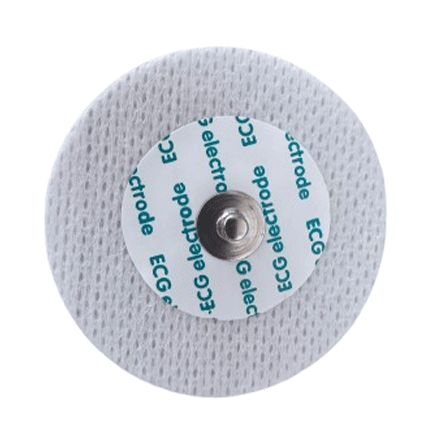
Every electrical signal beat of the heart is the most genuine and indispensable "code" concerning health. And the responsibility of capturing this fleeting millivolt-level signal falls on a seemingly insignificant yet technologically profound component - the ECG electrode pad .
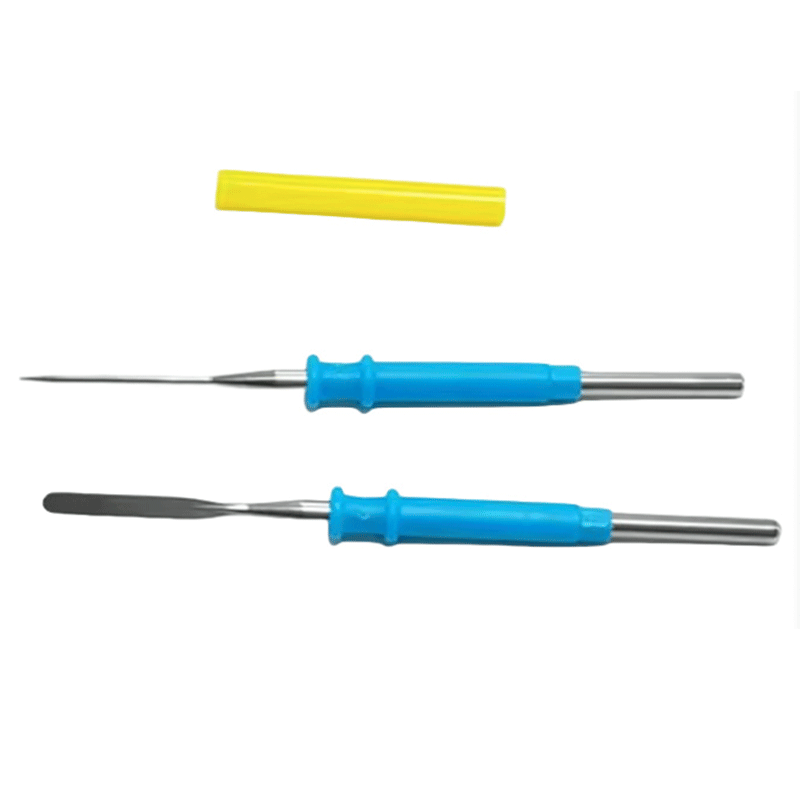
For the electrode tip (also known as the electrode or blade tip) of a surgical electric knife pen, 303 stainless steel is a more suitable and common choice than 304 stainless steel.
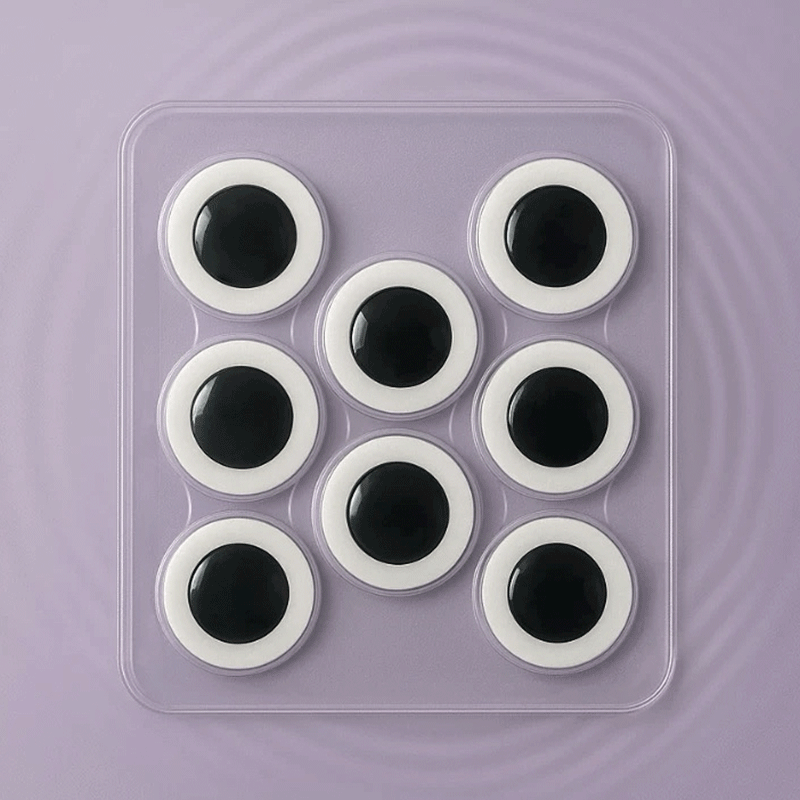
The new generation of PU brain electrodes, made of cutting-edge biocompatible polyurethane material, redefines the boundary between comfort and performance.
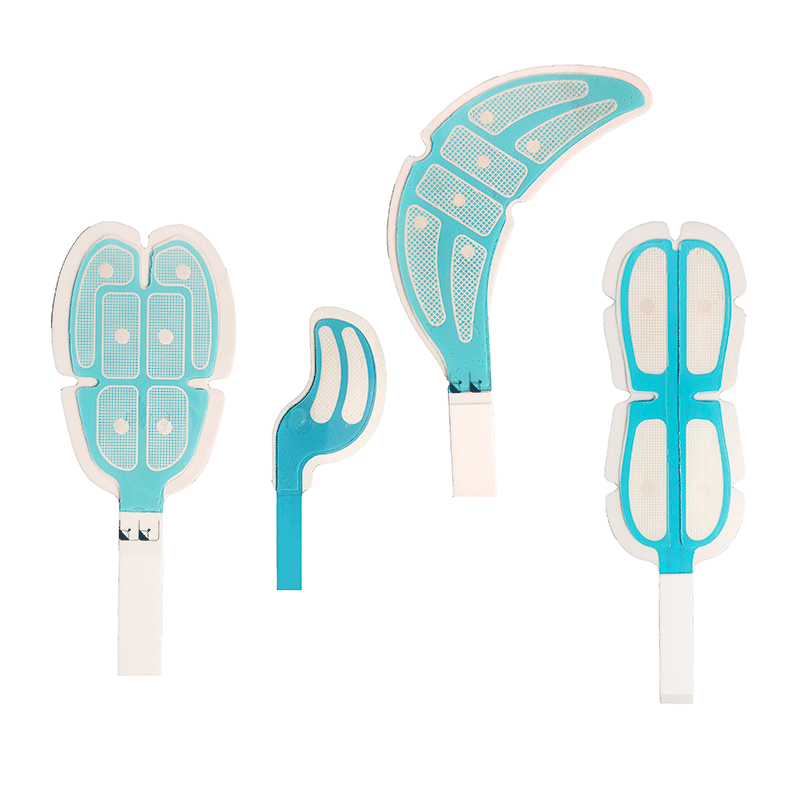
EMS facial electrode is mainly used for electrical stimulation beauty of facial muscles and is commonly found in microcurrent beauty devices, lifting and firming devices, etc

EMS facial electrode is mainly used for electrical stimulation beauty of facial muscles and is commonly found in microcurrent beauty devices, lifting and firming devices, etc
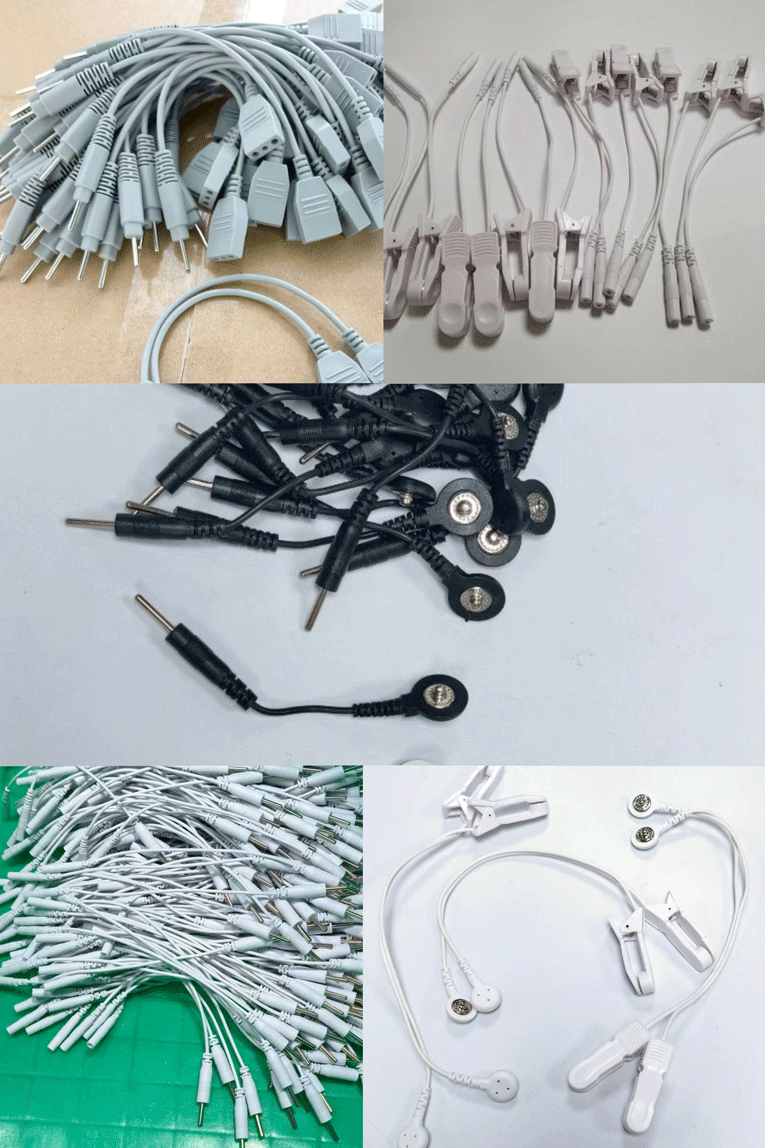
Compatibility issues can be easily solved by using dedicated adapters .

GOCENG MEDICAL defibrillation electrodes have been certified by MDR, and the EUDAMED database has been officially updated。